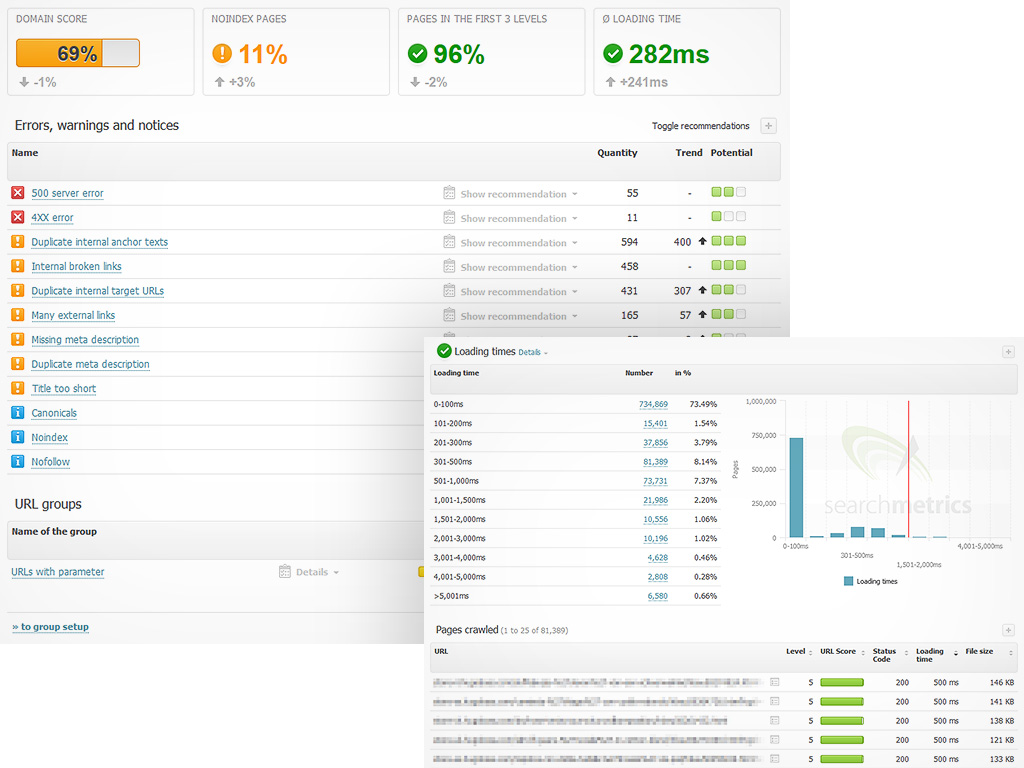How to improve content optimization

With ‘content’ as in content optimization we mean all the different kinds of content that are made available by a medium, both online and offline. Content exists in the shape of text, but also in image or sound: video’s, animations, infographics and sound clips are all part of the umbrella term content.
What is content optimization?
Search engines like Google need this content to be able to understand the goal of your web page. The better your content has been optimized, the better Google can understand the intentions of your web page. Subsequently, Google gives your page a value judgement which has influence on the ranking of it. Whereas Google used to mainly attach value on the base of keywords usage and the position of these keywords, now the quality of your content is a very important factor. Google will always keep adjusting the algorithm however, and to keep up with it you will always need to keep on optimizing your (existing) content.
Context of your content
With content optimization, the focus initially lies on structuring good content on websites to score a high position in the search engine results pages. To realize this, it is important that search engines like Google understand what your website is all about. Google uses crawlers and spiders to check out the contents of your website. For many years content optimization was all about including as many keywords as possible into your content (keyword density. The golden rule was: the more keywords, the higher you would rank in Google.
In recent years however, the importance of high quality content has increased significantly. More often, Google ranks on the quality of your content instead of the keyword usage in that content. Search engines are more capable of analyzing content and estimating its quality. For instance, what about the use of keywords in relation to the context of your website? Is it in balance? And are these keywords relevant to the content? Google also checks the user experience and the extent to which content is read and is deemed useful. Bad quality content or duplicate content (stolen or repeatedly used) are aspects that Google will punish you for and awards negative points.
Content optimization as part of search engine optimization
So, content optimization is the optimization of your content for your visitors, but it is also an important part of your search engine optimization. Therefore, when optimizing your content, you should focus on two aspects: the visitor and the search engine. A well optimized text is readable for your visitors and also well found by search engines (SEO). This is where it gets complicated: where a visitor will prefer a short and concisely written text, a search engine appreciates more extensive pieces of content.
Texts that are written from the perspective of search engine optimization, focus on Google’s algorithm. The content is written and structured with the aim of being determined relevant by Google for certain keywords and therefore ranking high. Texts that are written from the perspective of visitors are often written more clearly, are better readable and act as a trigger for action.
A well optimized piece of content however is a combination of both components: content that is considered excellent, both by search engines and visitors. Still, it happens that content is solely written for search engine optimization whereas readability for real visitors is neglected. In the past, copywriters used to write texts of at least 1000 words and included lots and lots of keywords (keyword stuffing). You can image that these texts weren’t the nicest reads.
The result? Pages were found well by search engines, but it was at the cost of the visitors. Nowadays, Google looks at on site results, such as bounce rate and time on page, more often to decide your ranking. Therefore, it is of great importance to find a healthy balance between visitor and search engine.

What is good content?
Good content is written mainly for your visitors: it’s them who have to find your website to be of use. So, when writing content, always keep in mind you are writing for people. Make sure your texts are clear and well readable, and don’t go crazy on including too many keywords. Maintain a clear navigation structure and provide in a pleasant user experience.
Online visitors are looking for short and concise answers to their questions, and not for long books full of text that is difficult to scan. Always ask yourself if your visitors are able to digest your written content easily and quickly. Check out the following tips for writing well converting content:
• Do not write sentences longer than 20 words; keep the text clear to your visitors. On the other hand, don’t use sentences that are too short so you prevent interrupting the reading rhythm of your visitors.
• Avoid the use of passive language and don’t make your text too vague. Rather write active sentences.
• Make use of (sub) headings and whitespace to make your content a lot easier to scan and digest.
• Empathize with the audience and adjust your tone of voice. Immerse yourself into your target group and consider how they can be triggered.
In addition, the use of chapters and paragraphs is essential when structuring your page. A ‘chapter’ gets an H1 tag, a ‘paragraph’ gets an H2 tag and a ‘sub paragraph’ gets an H3 tag. Applying these tags improves the readability for visitors and the findability for search engines.
Inside out or outside in writing?
Lots of contemporary web content was written by a group of employees belonging to a company. They have given it a lot of thought how to best present their company online. All aspects of the company have been dealt with, all departments have been explained individually, the products are described extensively or all employees have been presented. This method of working is called inside out: imagining from the inside what the outside world wants to see. This information rarely answers the search queries of potential visitors and therefore often isn’t relevant.
A more effective approach is writing content according to the outside in method whereby the search queries of visitors are leading. This can go as far as products and services being tuned to the (latent) search queries of visitors!
Goal and context of content
The goal of your content is to inform and enthusiasm your visitors. So, start your text with a title that directly grabs their attention. What question(s) do people have when visiting your page? When your page doesn’t (directly) answer these questions, chances are people will leave. In that case, the average time on page of your web page will be low, which has a negative influence on your Google ranking scores. So, take an objective look at your content: does it easily and quickly answer visitors’ search queries? If not, adjust the page to make sure it does. Cancel out everything that might only lead to more questions from your visitors. Then write the body text of your page about your product and/or service, where you not only tell what you want to but especially tell what your visitors want to know. Thus, well optimized content is optimized for visitors and search engines. These two don’t counteract, but strengthen each other. Both you, your visitors and Google are ultimately looking for the same: an optimally functioning website.
Luckily, there are plenty of tools that can assist you in optimizing your content.
We have tested lots of tools and written many reviews, for example on RYTE, which offers a wide range of optimizations.
For additional information you can also check the official website of RYTE.
